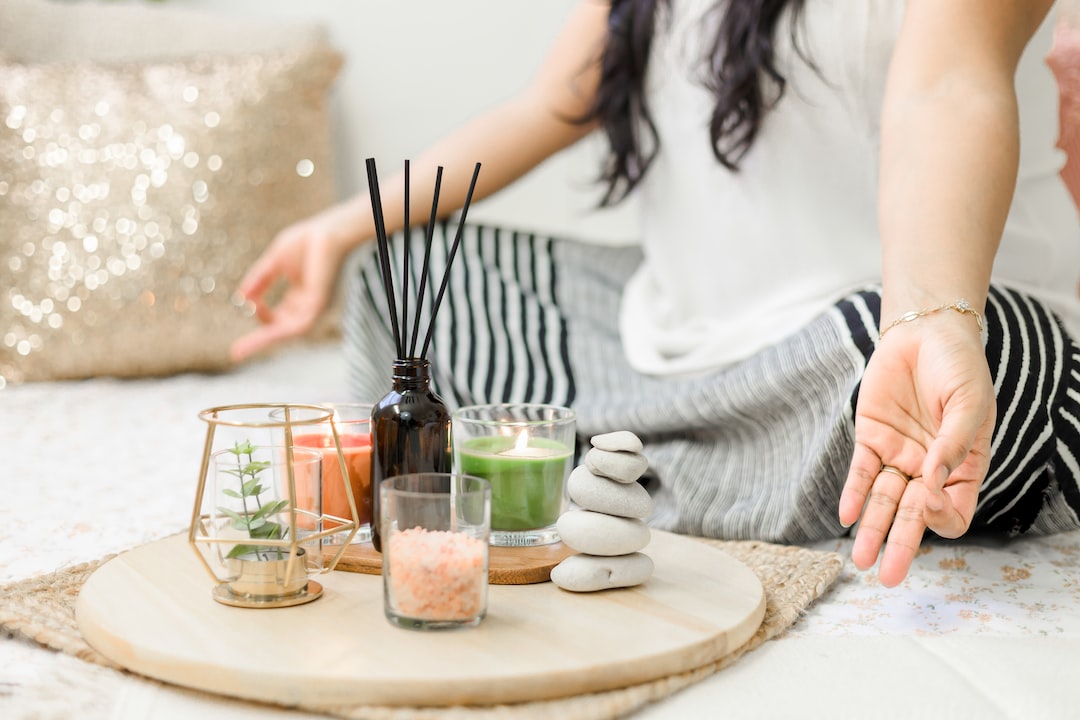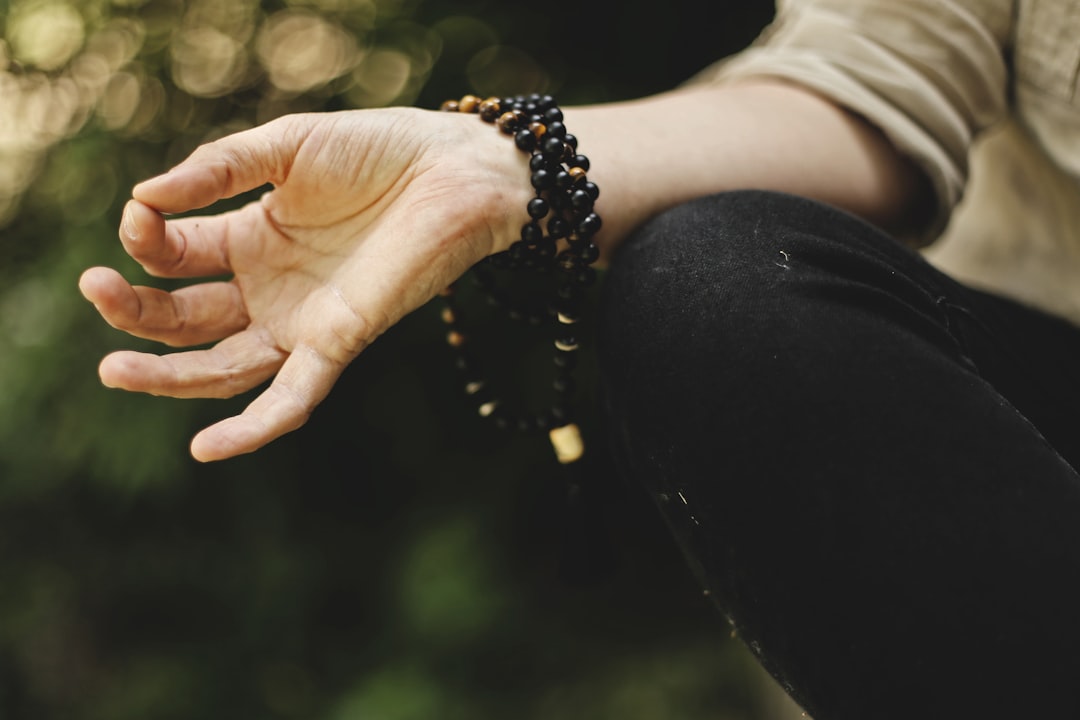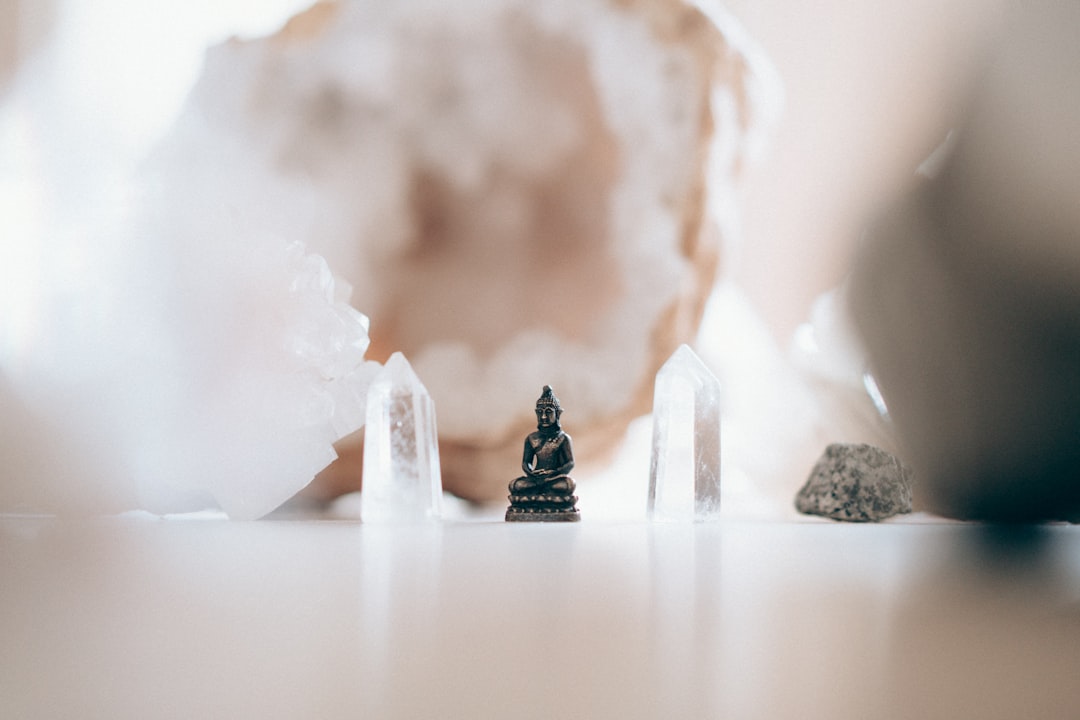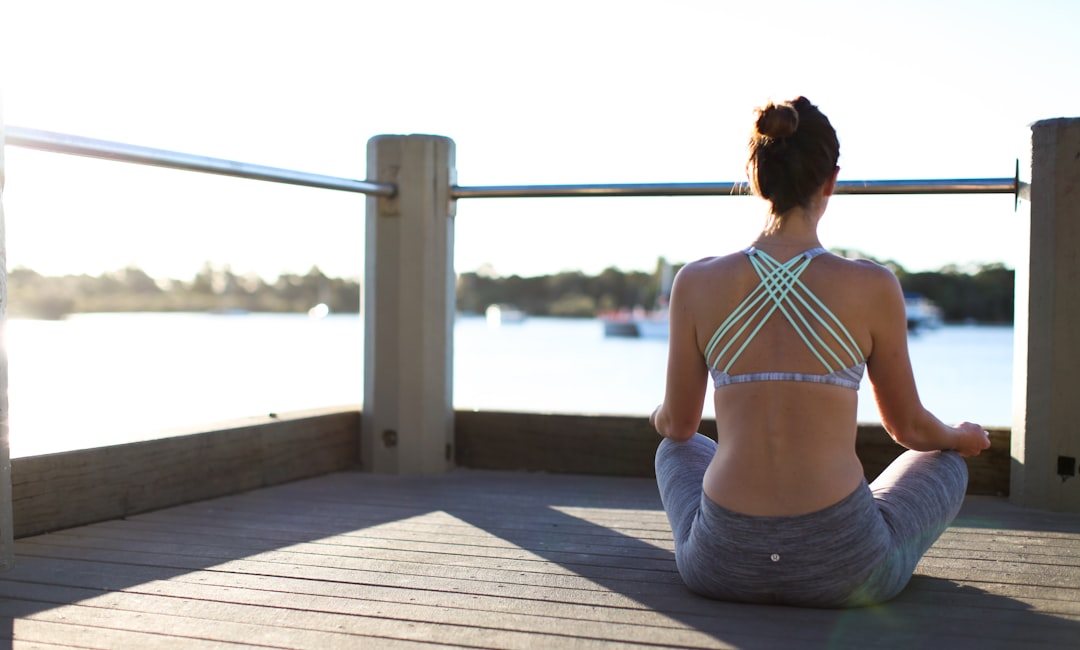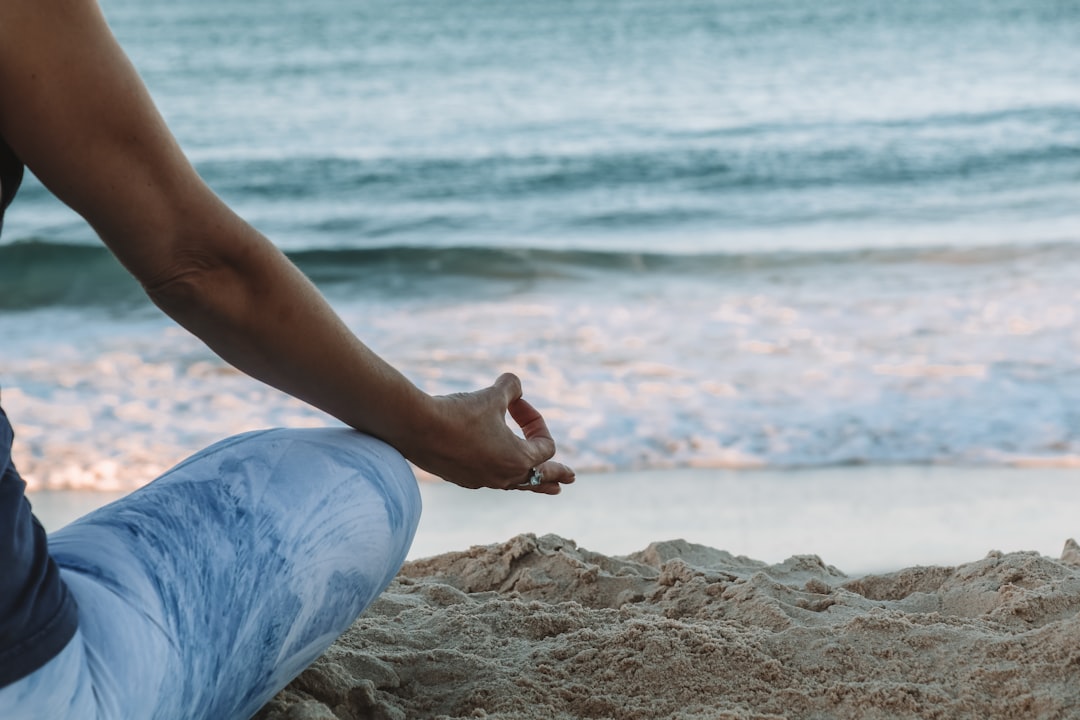Welcome to this blog post about the transformative power of mindfulness on personal growth. In today’s fast-paced world, it’s easy to get caught up in the hustle and bustle of our daily lives and forget to take the time to slow down and reflect. Practicing mindfulness can be a powerful antidote to this, helping us cultivate a greater sense of self-awareness, inner peace, and personal growth.
At its core, mindfulness involves paying attention to the present moment with an open and curious mindset, without judgment or distraction. By becoming more mindful, we can learn to navigate life’s challenges with greater ease, develop deeper connections with ourselves and others, and find a greater sense of purpose and meaning in our lives.
In this blog post, we’ll explore five different mindfulness practices that can help you cultivate greater personal growth and enhance your overall sense of well-being. So, let’s get started!
“Breathing Space” – Taking Time to Pause and Reflect
When was the last time you took a break from the hustle and bustle of everyday life? How often do you find yourself overwhelmed, anxious, or stressed out? In our fast-paced world, it can be difficult to find the time to slow down and take a moment to breathe. That’s where “breathing space” comes in.
Breathing space is a mindfulness technique that involves taking a few moments to pause and reflect on your thoughts and feelings. It’s a chance to step back from the chaos of your daily life and focus on the present moment. At its core, breathing space is an opportunity for self-care and self-reflection.
To begin, find a quiet place where you can sit comfortably without distractions. Take a deep breath in, filling your lungs with air. Hold it for a few seconds, and then slowly release the breath through your mouth. As you exhale, allow all the tension and stress in your body to melt away.
Once you’ve settled into your breath, take a moment to scan your body for any areas of tension or discomfort. Notice any physical sensations, without judging or trying to change them. Simply observe what’s happening in your body without reacting to it.
Next, turn your attention to your thoughts and emotions. What’s on your mind right now? Are you feeling anxious? Stressed out? Overwhelmed? Whatever you’re experiencing, allow yourself to acknowledge it without judgment. Remember that it’s okay to feel however you’re feeling. You don’t have to push your emotions away or ignore them.
Finally, come back to your breath. Take a few more deep breaths, focusing on the sensation of air moving in and out of your body. As you do so, try to let go of any negative thoughts or feelings that may be lingering in your mind. Instead, focus on the present moment and the peace that comes with it.
Incorporating breathing space into your daily routine can help you become more mindful, calm, and centered. By taking a few moments to pause and reflect, you can learn to manage stress more effectively and cultivate a deeper sense of self-awareness. Whether you practice this technique in the morning, during your lunch break, or before bed, breathing space can help you find balance and peace in your busy life.
What’s on your mind right now?
“Body Scan” – Tuning into Physical Sensations
Are you someone who is always in their head? Do you find yourself constantly lost in your thoughts, worried about the future or ruminating on the past? It’s time to take a break and focus on the present moment. One technique that can help you do this is the body scan.
The body scan is a mindfulness practice that involves systematically focusing your attention on different areas of your body, from your toes to the top of your head. By doing this, you become more aware of physical sensations and can tune in to how your body feels without judgment.
To begin, find a comfortable position either sitting or lying down with your eyes closed. Take a few deep breaths and then start to focus your attention on the sensation of your feet touching the ground. Notice any areas of tension or discomfort and just observe them without judgment or trying to change them.
Slowly work your way up your body, focusing on each area and noticing any sensations that come up. It’s okay if you notice your mind wandering off, just gently bring your attention back to your body.
The body scan is a great practice for developing body awareness and releasing tension. It can also help you become more attuned to your bodily needs and signals. Plus, it’s a great way to practice mindfulness on days when you don’t have a lot of time for meditation.
Remember, mindfulness is a practice and it takes time and patience to develop. But with consistent practice, you will begin to notice the benefits in your daily life, including increased calmness, improved focus, and reduced stress levels. So, give the body scan a try and see how it can help you in your personal growth journey.
The body scan is a mindfulness practice that involves systematically focusing your attention on different areas of your body, from your toes to the top of your head.
Mindful Walking: Cultivating Intentional Movement
When we think about mindfulness, our minds often jump to meditation and breathing exercises. While these practices are undoubtedly beneficial, mindfulness can extend far beyond sitting on a cushion with our eyes closed. Mindful walking is an incredibly simple and accessible way to cultivate intentional movement and bring mindfulness into our everyday lives.
At its core, mindful walking is about being fully present and attentive to the experience of moving our bodies. It’s about paying attention to each step we take, feeling the ground beneath us, and noticing the movements of our limbs. When we practice mindful walking, we become more aware of our surroundings and the sensations within our bodies, and we can cultivate a greater sense of interconnection with the world around us.
One of the reasons why mindful walking is so powerful is that it’s so adaptable. You could practice mindful walking in nature, taking in the sights, smells, and sounds of your local park or hiking trail. You could practice it in your neighborhood, noticing the details of your surroundings that you might typically overlook. You could even practice it in your own home, simply walking circles around your living room, tuning in to the sensations and movements of your body.
Incorporating mindful walking into your daily routine is as simple as taking a few intentional steps. You could set aside a few minutes each morning to walk mindfully from your bedroom to your kitchen, paying attention to each footfall and feeling the sensations of your body as you move. You could take a mindful walking break during your workday, stepping outside and taking a few moments to slow down and connect with your body and surroundings.
By practicing mindful walking regularly, you’ll be able to develop a greater sense of awareness and intentionality in your movement. You may find that you become more mindful not just when you’re walking, but in all aspects of your life. As you become more attuned to your body and surroundings, you’ll grow in your ability to stay present and engaged with whatever situation you’re in.
Overall, mindful walking is an incredibly powerful tool for cultivating intentional movement and bringing more mindfulness into your everyday life. Give it a try and see how it can benefit your personal growth and well-being.
You may find that you become more mindful not just when you’re walking, but in all aspects of your life.
Gratitude Practice – Focusing on Positivity and Appreciation
Practicing gratitude is one of the most beautiful things you can do for yourself. It’s a powerful way to shift your focus from what’s wrong in your life to what’s right. When you’re grateful for the things you have, you’ll naturally feel more positive and optimistic about your life.
Gratitude practice can be as simple or as complex as you want it to be. For some people, it’s as easy as thinking about three things they’re thankful for each day. For others, it’s a written daily journal that they keep to remind them of everything they have to be grateful for.
One of the most powerful way to practice gratitude is to create a list of everything you’re grateful for. You can either write this list down on paper or in a digital format that you can access anytime. When you’re feeling down or stressed, read your list and remind yourself of all the wonderful things you have in your life.
Another way to practice gratitude is to say thank you whenever someone does something nice for you. Whether they compliment you, help you with something, or simply listen to you vent about your day, show your appreciation by saying thank you. This goes a long way in building positive relationships with people and can make a huge difference in your overall happiness.
You can also incorporate gratitude into your meditation practice by focusing on what you’re grateful for during your sessions. Think about the things in your life that you’re thankful for and really feel the gratitude in your heart. This will help you cultivate a grateful mindset and bring more positivity into your life.
Cultivating gratitude is a powerful tool for personal growth. By focusing on positivity and appreciation, we can shift our mindset to a more optimistic one. Whether it’s through creating a daily gratitude list, saying thank you more often, or incorporating gratitude into our meditation practice, there are endless ways to practice gratitude in our daily lives.
When you’re feeling down or stressed, read your list and remind yourself of all the wonderful things you have in your life.
“Loving-Kindness Meditation” – Developing Empathy and Compassion
Loving-kindness meditation, also known as metta meditation, is a powerful mindfulness practice that aims to cultivate goodwill, kindness, and compassion toward oneself and others. It is a popular form of meditation in Buddhist tradition that has gained widespread popularity in recent years due to its many benefits for personal growth.
The practice of loving-kindness meditation involves sitting quietly and repeating a series of phrases or affirmations that express deeply held wishes for oneself, loved ones, and even people with whom we may have difficulty connecting, such as enemies or strangers. Through this practice, we aim to cultivate loving-kindness, compassion, and empathy towards ourselves and others.
Research shows that loving-kindness meditation can have numerous benefits for personal growth, including reduced stress and anxiety, improved emotional regulation, and enhanced feelings of happiness and well-being. In addition, it can help improve relationships with others by promoting feelings of empathy and compassion, which can lead to greater understanding and connection with those around us.
One of the most significant aspects of loving-kindness meditation is its focus on self-compassion. Many of us struggle with negative self-talk and feelings of self-doubt, which can be detrimental to our overall well-being. By incorporating loving-kindness meditation into our mindfulness practice, we can cultivate greater self-love and acceptance, which can lead to increased confidence and self-esteem.
While the practice of loving-kindness meditation may seem challenging at first, with time and dedication, it can become a powerful tool for personal growth and transformation. Whether you are seeking to improve your relationships, manage stress and anxiety, or simply cultivate greater feelings of happiness and well-being, loving-kindness meditation can be an excellent addition to your mindfulness practice.
The practice of loving-kindness meditation is a powerful way to develop empathy and compassion for oneself and others. By taking the time to cultivate kindness and compassion, we can enhance our relationships, improve our emotional well-being, and experience greater feelings of happiness and fulfillment in life. So, go ahead, give it a try today and see how it can transform your life.
The practice of loving-kindness meditation involves sitting quietly and repeating a series of phrases or affirmations that express deeply held wishes for oneself, loved ones, and even people with whom we may have difficulty connecting, such as enemies or strangers.
Conclusion: The Benefits of Mindfulness for Personal Growth
As we come to the end of our journey through mindfulness practices, it’s important to take a moment and reflect on the benefits that this practice can bring. Mindfulness is not just a fad or trend, but a powerful tool that can help us tap into our true potential and reach new heights in our personal growth journey.
Through the breathing space exercise, we learned to take a step back from our busy lives and simply observe our thoughts and feelings. This practice can help us become more self-aware and better equipped to handle difficult situations with a clear mind.
The body scan exercise showed us how to tune into physical sensations in our body, which can be especially helpful when we’re stressed out or dealing with chronic pain. By getting in touch with our body in this way, we can learn to cultivate a deeper sense of self-awareness and be more mindful of how our body is feeling.
Mindful walking helped us cultivate intentional movement and better understand the mind-body connection. By paying more attention to our steps and breathing, we can also learn to slow down and appreciate the world around us more fully.
Practicing gratitude can be a powerful tool for shifting our mindset and focusing on the positive aspects of our life. By regularly practicing gratitude, we can cultivate a more optimistic outlook on life and learn to appreciate the little things that can bring us joy.
The loving-kindness meditation exercise helped us develop empathy and compassion for ourselves and others. By sending positive thoughts and energy out into the world, we can create a ripple effect of kindness and love that can transform our relationships and communities.
Mindfulness is a powerful tool that can help us break free from negative patterns of thinking and discover new depths of self-awareness and personal growth. Whether you’re looking to reduce stress, cultivate more meaningful relationships, or simply live a more fulfilling life, mindfulness can be a powerful tool to help you achieve your goals. So why not give it a try and see what benefits you can unlock for yourself?
